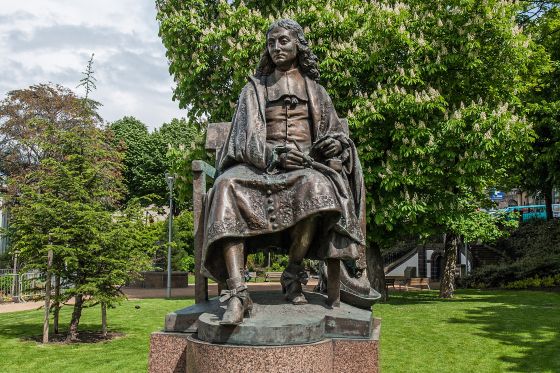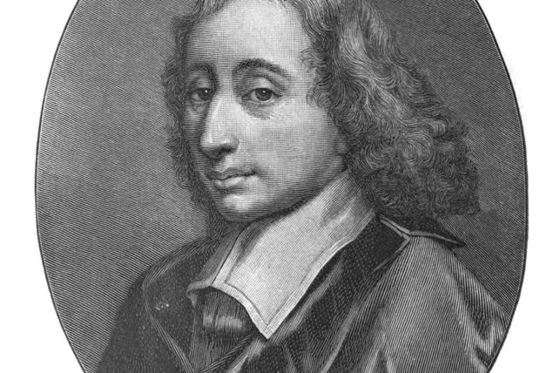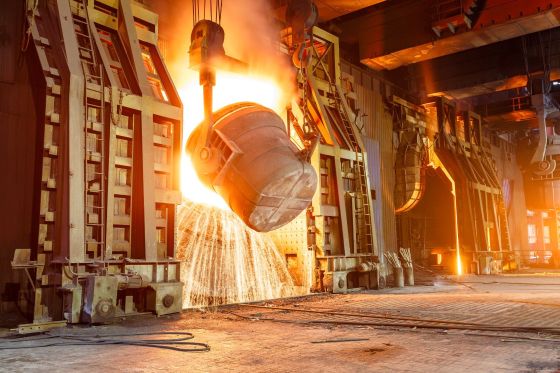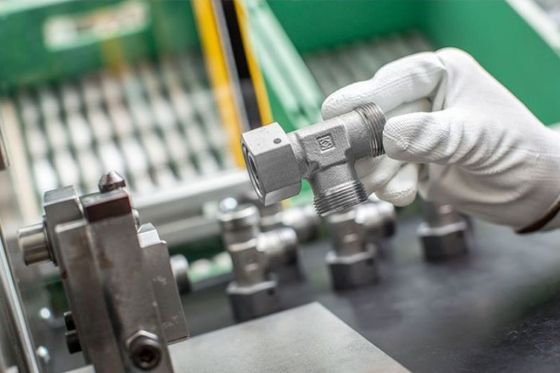Table of Contents
Pioneers of Hydraulics
Hydraulics, as we know it today, was shaped by the discoveries of great thinkers of the past. We take the time to tell their stories in our series "Pioneers of Hydraulics." One of the most important pioneers in this field was the French mathematician and physicist Blaise Pascal. His discoveries in hydrostatics, particularly the Pascal’s Law, form the foundation for many modern hydraulic applications. Companies like STAUFF, which manufacture components for hydraulic machinery, rely on these fundamental discoveries. In this blog post, we explore how Blaise Pascal’s work has shaped modern hydraulics and how companies like STAUFF implement his discoveries in their products.
Interested in more pioneers of hydraulics? Also, read our article about Joseph Bramah!
The Life of Blaise Pascal
Blaise Pascal was born in 1623 in Clermont-Ferrand, France. As a child of weak health, he was educated at home by his father, a highly educated natural scientist. Pascal showed an early talent for mathematics and science. At the age of 19, he developed the "Pascaline," one of the first mechanical calculators. However, it was his later work in physics that made him immortal.
Pascal’s Mathematical and Technical Achievements
Pascal achieved worldwide fame in mathematics through the Pascal’s Triangle, an important tool in combinatorics and probability theory. His technical genius was demonstrated by the construction of the "Pascaline," which was considered a milestone in the development of calculating machines. These early technical achievements paved the way for his later research in physics, especially in the field of hydrostatics, which plays a key role in the development of modern hydraulics.
Pascal and Hydraulics
From the perspective of STAUFF, a manufacturer of components for hydraulic machines and systems, Pascal’s Law, or the law of pressure transmission in fluids, is particularly relevant.
Hydraulic systems that utilize STAUFF components use incompressible fluids such as oil or water to transfer forces. Pascal’s Law states that a pressure increase at any point in a confined fluid results in a corresponding pressure increase at every other point in the container. STAUFF applies Pascal’s Law in the development of components like hydraulic reservoirs, pumps, and cylinders.
Principle of Communicating Vessels
Another significant concept Pascal discovered is the principle of communicating vessels. It states that in connected containers filled with a homogeneous fluid, the liquid will always settle at the same level. This principle is used in many hydraulic applications, especially in the production of optical level indicators. STAUFF, as a leading manufacturer of hydraulic components, utilizes these principles to develop efficient and precise solutions for fluid level monitoring.
For example, Optical level indicators of the SNA type from STAUFF work based on this principle and are attached to the sidewall of hydraulic reservoirs.
Pascal and STAUFF: The Link to Modern Hydraulics
The connection between Pascal’s scientific achievements and modern hydraulics is more relevant today than ever before. Companies like STAUFF apply the principles Pascal discovered in advanced machinery and systems. STAUFF develops and produces components used in hydraulic systems worldwide – systems that are based on Pascal’s principles.
An example is the development of hydraulic components based on Pascal’s Law of pressure distribution. These systems use incompressible fluids, usually oil or water, to transfer forces efficiently. Pascal’s Law ensures that pressure is distributed evenly across all parts of the system, allowing precise movements and performance.
STAUFF uses this principle not only for simple pressure transmission but also in specific products such as optical level indicators of the SNA type, which are mounted on hydraulic reservoirs. These indicators are based on the principle of communicating vessels, which Pascal researched. This allows STAUFF to ensure precise monitoring and control of fluid levels – a direct application of Pascal’s ideas in practice.
Thanks to such innovations, Pascal’s ideas contribute to the reliability and performance of modern hydraulic systems. STAUFF leverages its knowledge in product development to provide solutions that are not only efficient but also meet the high demands of today’s industry.
FAQs
What is Pascal’s Law?
How does STAUFF apply Pascal’s discoveries?
STAUFF implements Pascal’s principles in the development of hydraulic components, such as optical level indicators and hydraulic systems that are based on the principle of pressure transmission.
Which STAUFF products are based on Pascal’s Law?
Products such as hydraulic cylinders, pumps, and optical level indicators of the SNA type are based on the principles discovered by Pascal.
What is the principle of communicating vessels?
The principle states that in connected containers filled with a homogeneous fluid, the liquid will settle at the same level. This principle is applied in hydraulic systems and fluid level indicators.
Why is Pascal so important for modern hydraulics?
Without Pascal’s discoveries in hydrostatics and pressure transmission, modern hydraulic systems would not be conceivable. His insights form the basis of many technologies used in the industry today.

Newsletter Subscription
Receive automatic email notifications about new posts on the STAUFF Blog









